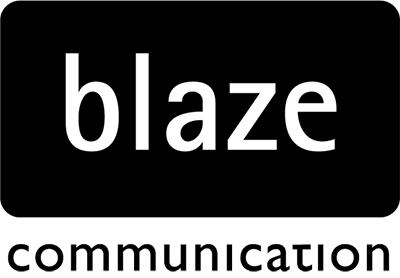To many, logo and brand can mean the same thing. Often clients come to us asking for a brand and all they really require is a logo. Sometimes we’re asked to create a logo when really a brand is needed.
In reality, these two tools are rather different beasts, they have different attributes and each serve a different purpose.
So what is the difference between the two?
Let’s start with the simplest of the two. The logo. A logo can be seen as a stamp of authentication upon a product or service. Think of it as the face of your company, it is how people will come to recognise your organisation.
Imagine picking up a box of cereal, you don’t recognise the packet design, but can see a big red Kellogg’s logo on the front. The font, the colour and layout all tell you immediately who has made that cereal and you know that it will be of a certain standard.
OK, now to the more complex part, branding. Let’s choose another brand – Apple. Just upon hearing that brand name you’ll have had an instant reaction. Does it excite you because their products have changed the way you live? Does it encourage you to save a little harder because you really want an iPad2? Does it make you feel make you feel like part of a creative tribe?
Why do you feel this way about Apple and not another company, Dell for example? Both will sell you a computer. But when you buy from Apple, you’re not buying a computer, you’re buying a brand. That brand comes with statements about yourself (I’m creative, I wouldn’t dream of using a PC), that brand comes with promises (‘this is the most innovative technology out there’), that brand makes you part of a group (‘oh, you don’t use Android do you?’).
So in a nutshell…
A company’s brand is what will spur you on to buy their product or service over other options, it promises you what you’re going to get and how it’s going to make you feel.
A logo helps you to recognise a product or service as belonging to a particular company and stamps it’s seal of approval upon it.
Ultimately, companies require both but I’m afraid the starting point is a whole other blog post!
